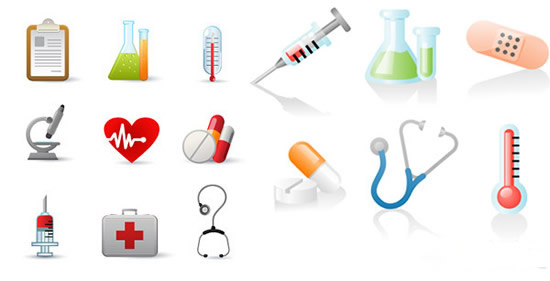On August 8, the State Council officially issued the "13th Five-Year National Science and Technology Innovation Plan" (hereinafter referred to as "Planning"), proposing to accelerate the transformation of China from a biotechnology power to a biotechnology power, develop advanced and efficient biotechnology, and improve The level of biotechnology originality, strive to achieve integrated breakthroughs in several areas, promote technology transformation and application and serve the country's economic and social development, and greatly enhance the international competitiveness of biotechnology.
An expert in biomedical engineering research pointed out that "the remarkable feature of the '13th Five-Year Plan' period is to transform into innovation, transform strategic products, and promote the subtle layout of disruptive technologies. In this "Planning" layout, Each special project has both basic research and core technological breakthroughs and product development. Each technology integrates the previous '973' plan with the '863' plan, which is a major transformation during the '13th Five-Year Plan' period."
Real localization has a long way to go
It is worth noting that the "Planning" proposes to focus on the organization of biomedical materials, tissue engineering products, a new generation of implantable medical devices, artificial organs and other major strategic products, improve the standards of medical-grade basic raw materials, and build a new generation of biomedical The material product innovation chain will strengthen the development of key industries in the development of bio-industry and life science research, focus on the key technological breakthroughs in the localization of medical devices, and accelerate the localization, high-end and branding of digital diagnosis and treatment equipment.

It is understood that more than 90% of domestic high-end medical equipment is occupied by imported brands, and the import ratio of large-scale imaging equipment such as CT, MRI and PET/CT is as high as 95%. High-value medical consumables such as implants and artificial organs mainly rely on imports. In order to break this situation and speed up the localization of medical devices, the National Health and Family Planning Commission, CFDA and other national departments have promulgated relevant favorable policies. Heilongjiang, Hunan, Hebei and other provinces and cities have responded one after another. Purchase and use domestic medical consumables.
With the introduction of advanced technology and the maturity of products and processes, domestic medical devices are showing a trend of import substitution. Statistics show that more than 70% of China's coronary stent market is occupied by domestic products, breaking the long-term monopoly of importing companies.
"In fact this figure is carefully pondering the water, because from the patent-related products, production equipment, testing equipment, raw materials to come from abroad, we just played the role of a foundry." In the above experts, to achieve health The true localization of equipment still has a long way to go.
According to industry analysts, "the scientific research in China's large medical equipment is very weak. Some new technologies and products are very unstable from the laboratory, and even cannot meet the demand. This requires research hospital participation. Come and continue to stabilize and improve products, including working together to refine and collect product demand. On the road to localization of medical devices, the relationship between Chinese medical device companies and hospitals will be transformed from customers and suppliers to partners."
Desk Mini Fans,Portable Mini Fan,Mini Fan USB,Mini Fan Cooler,Handheld Mini fan
Ningbo Shuangtuo International Trade Co., Ltd. , https://www.nbst-sports.com